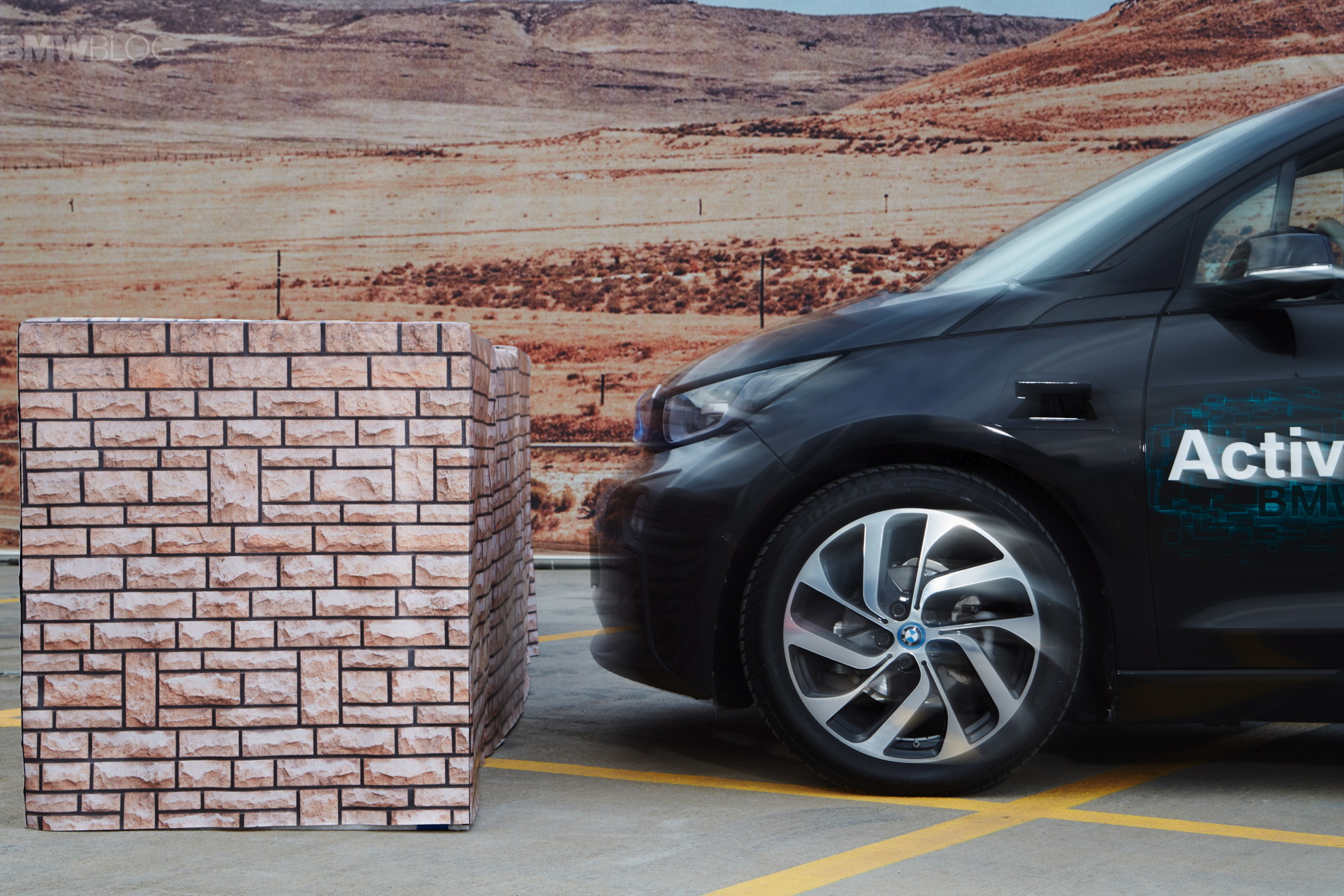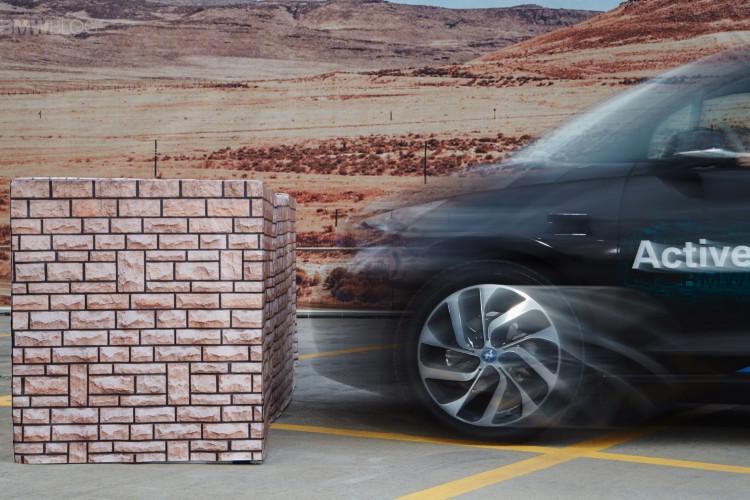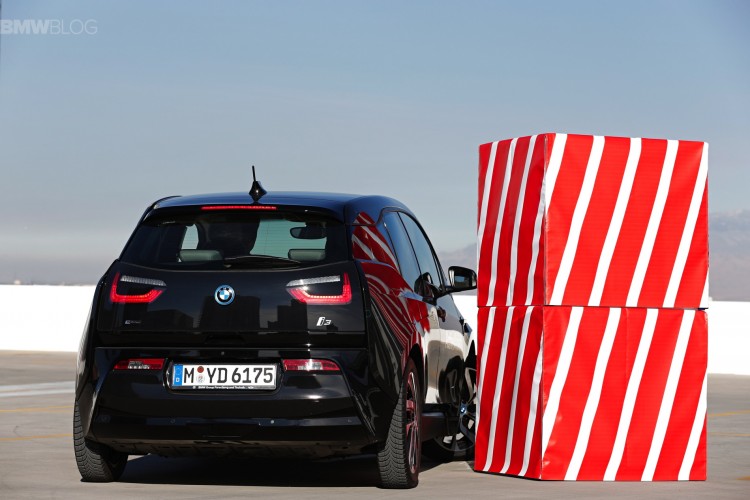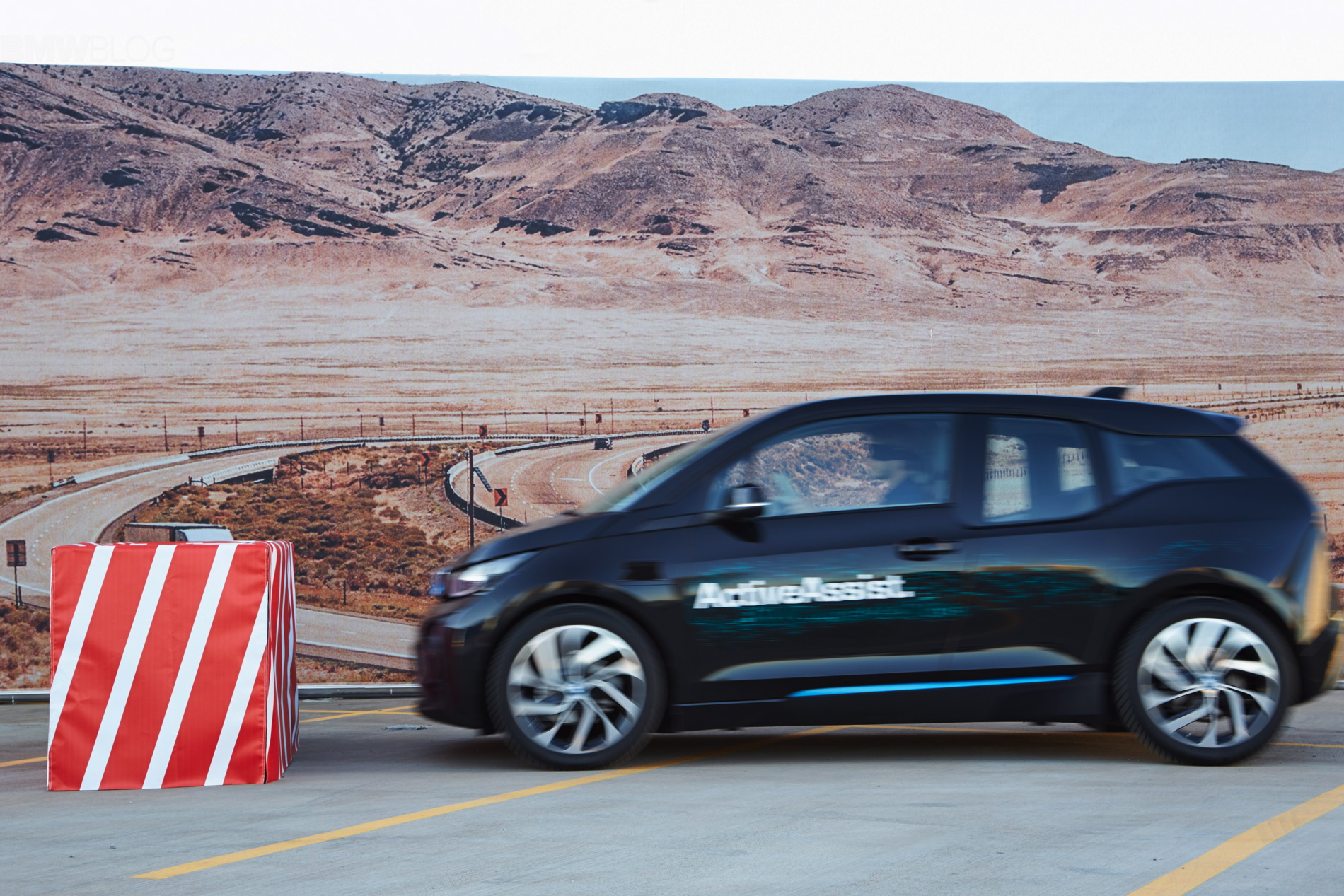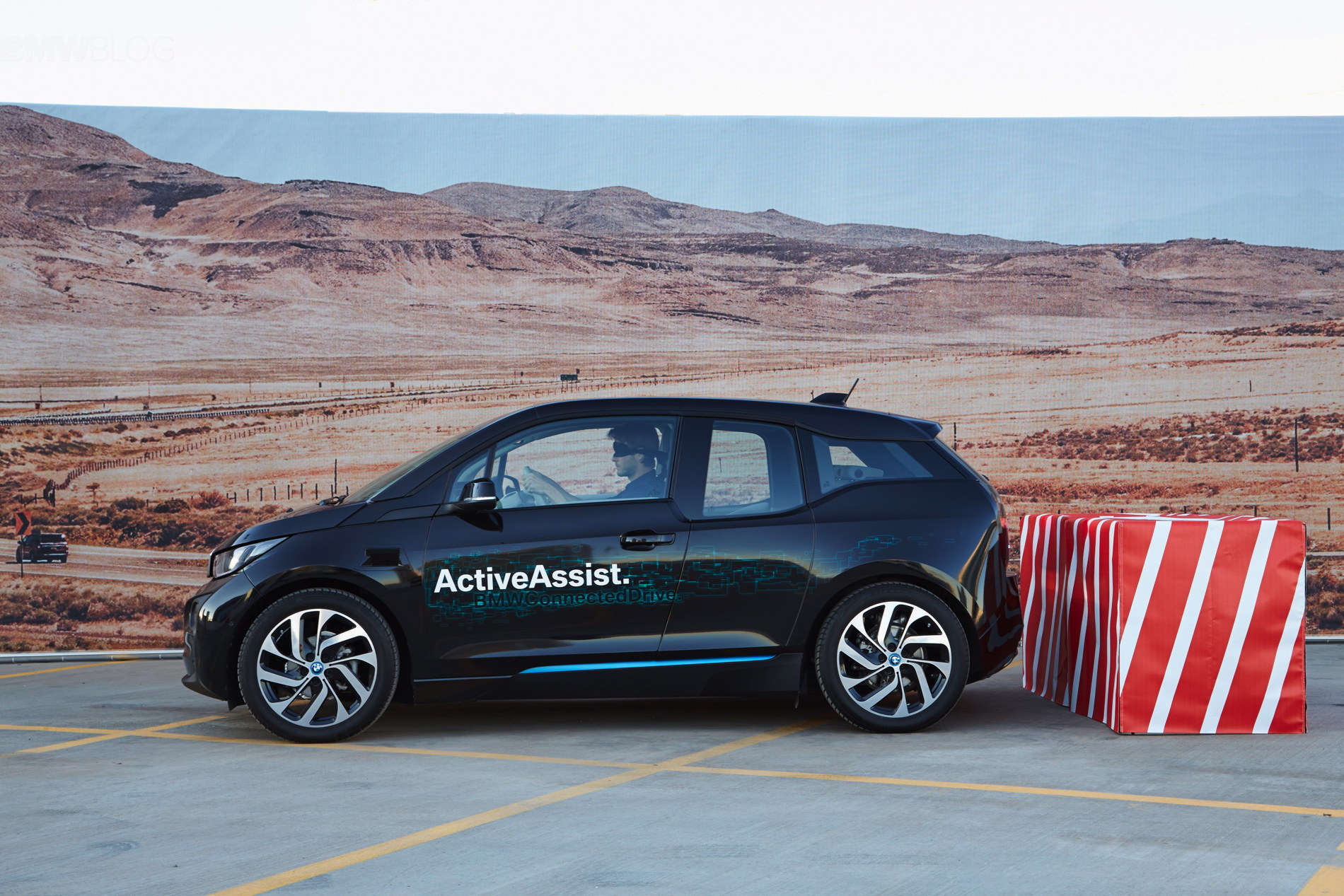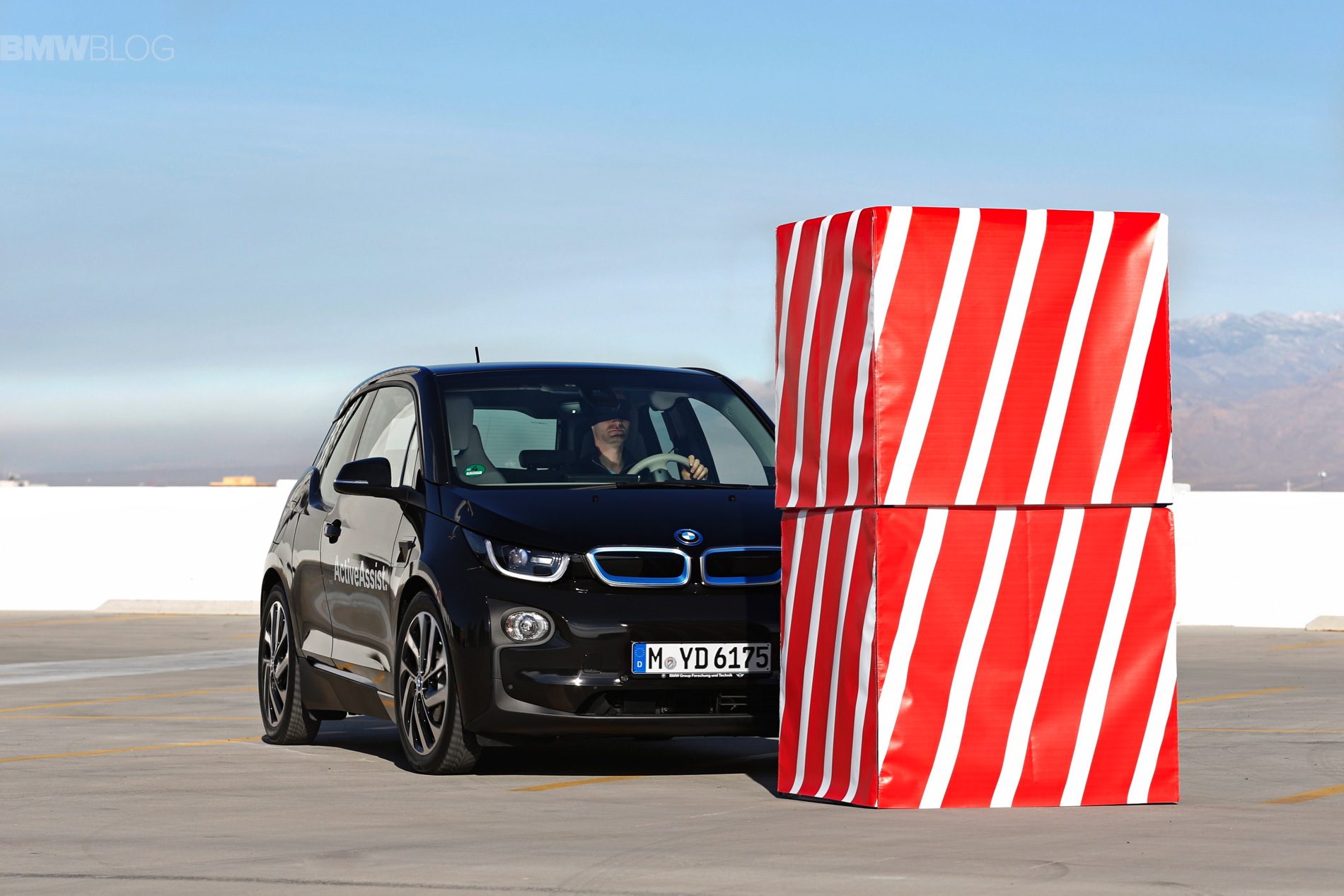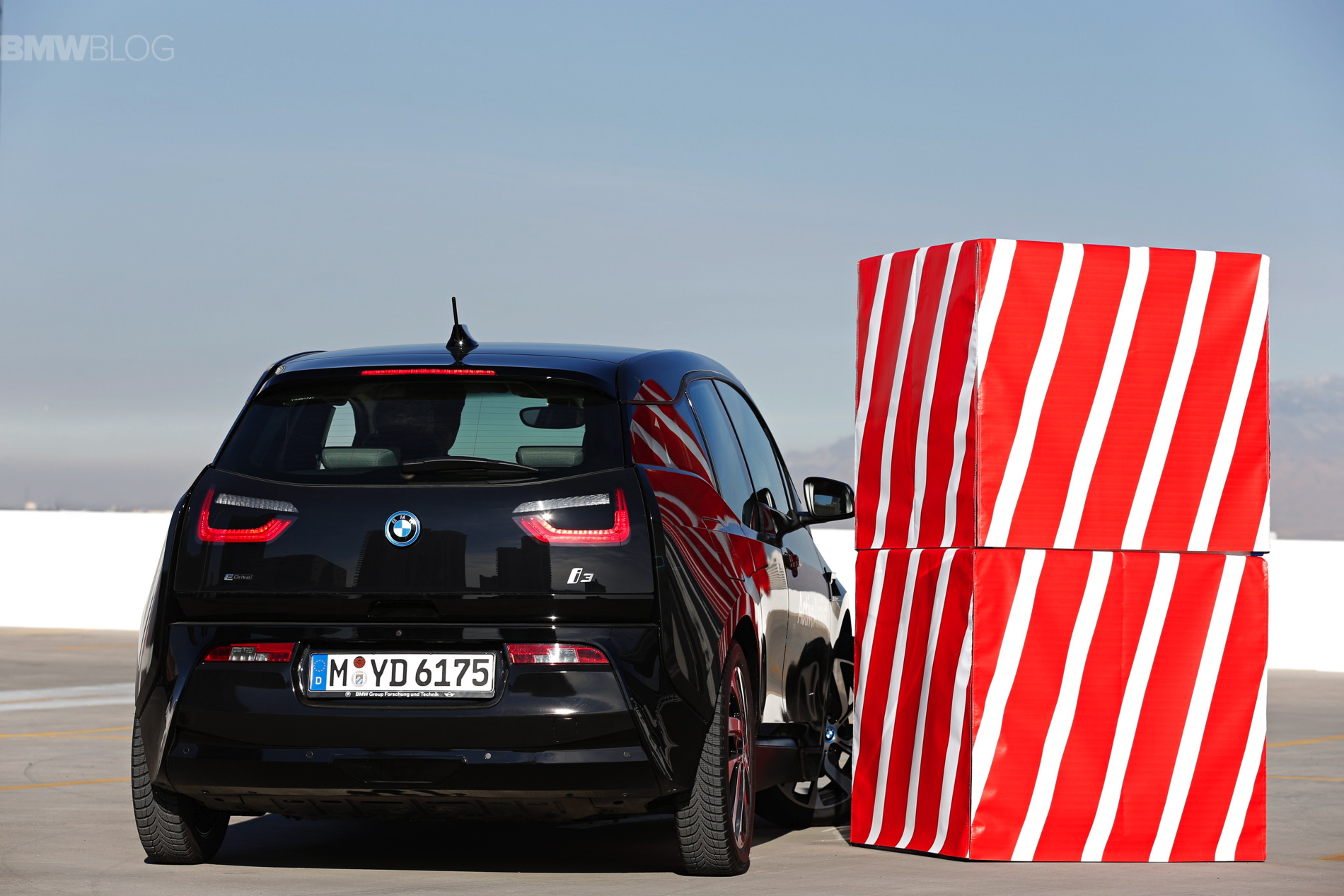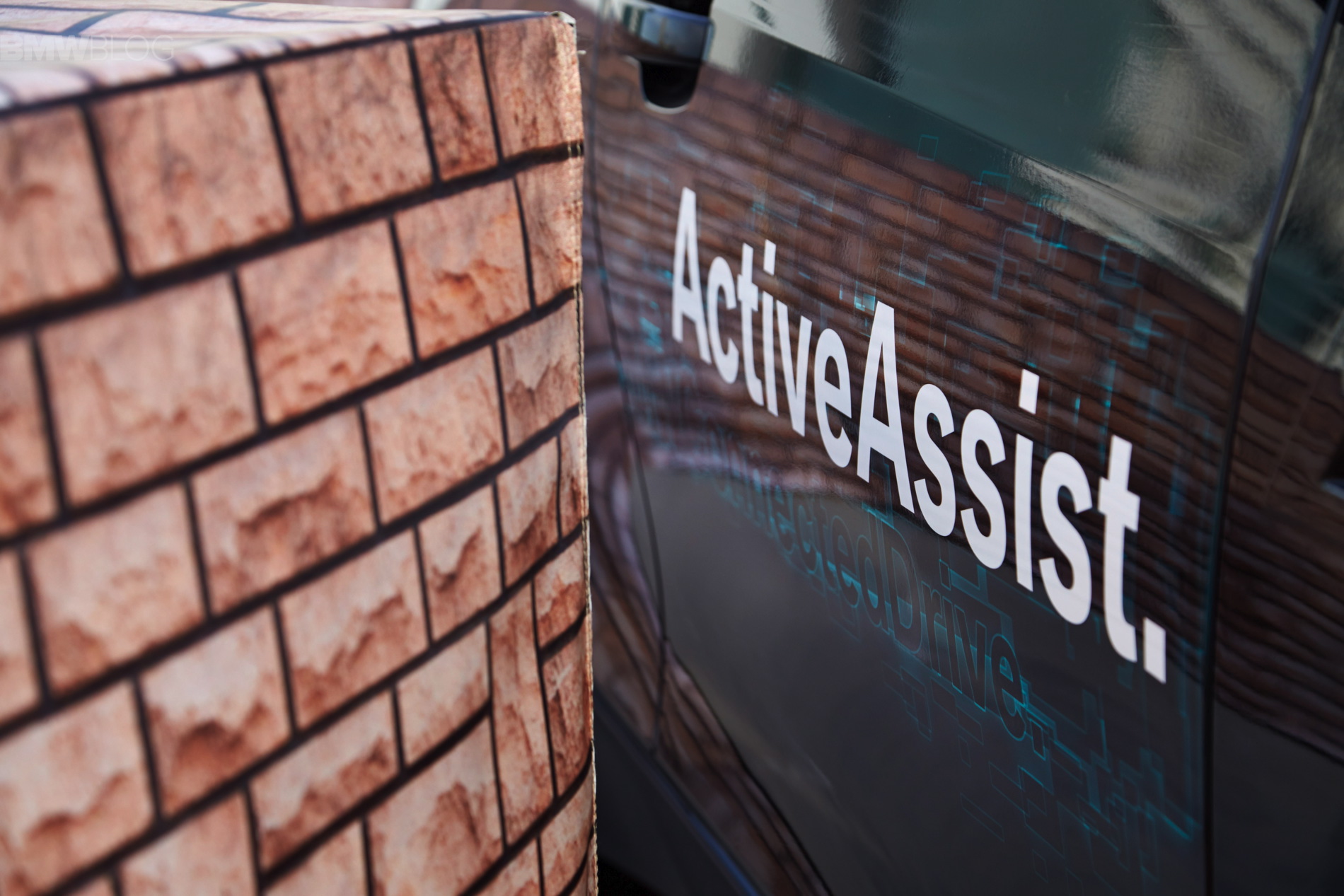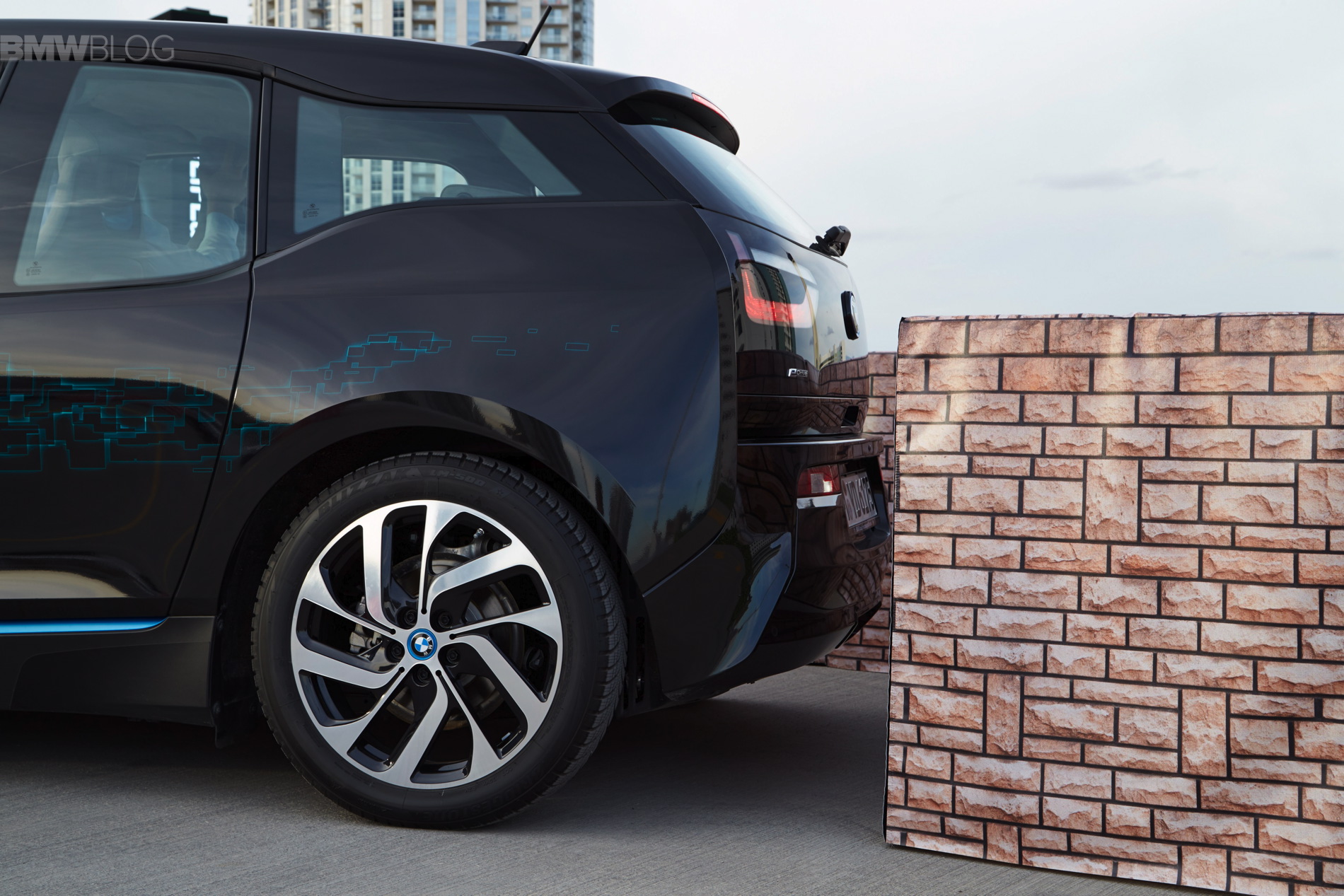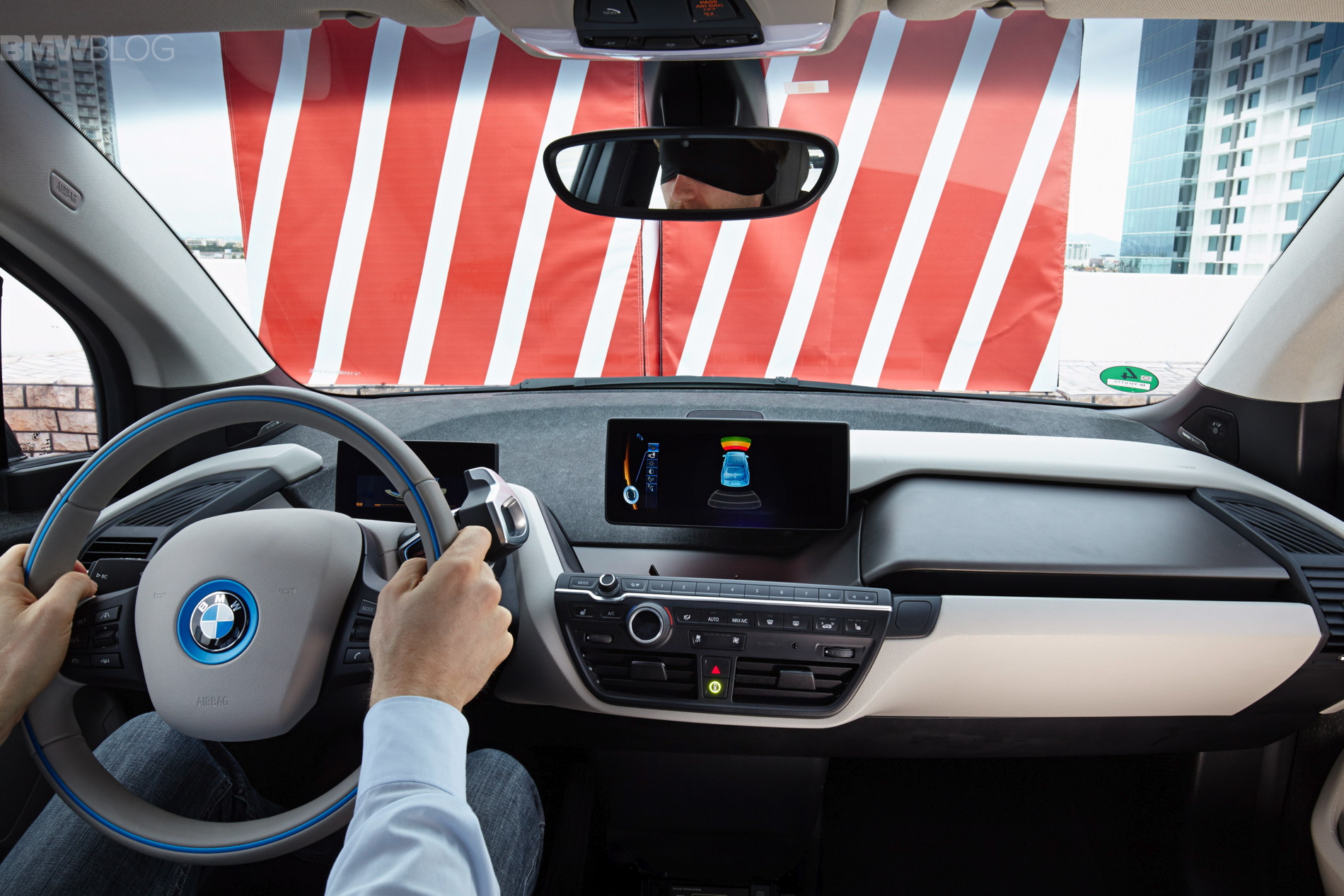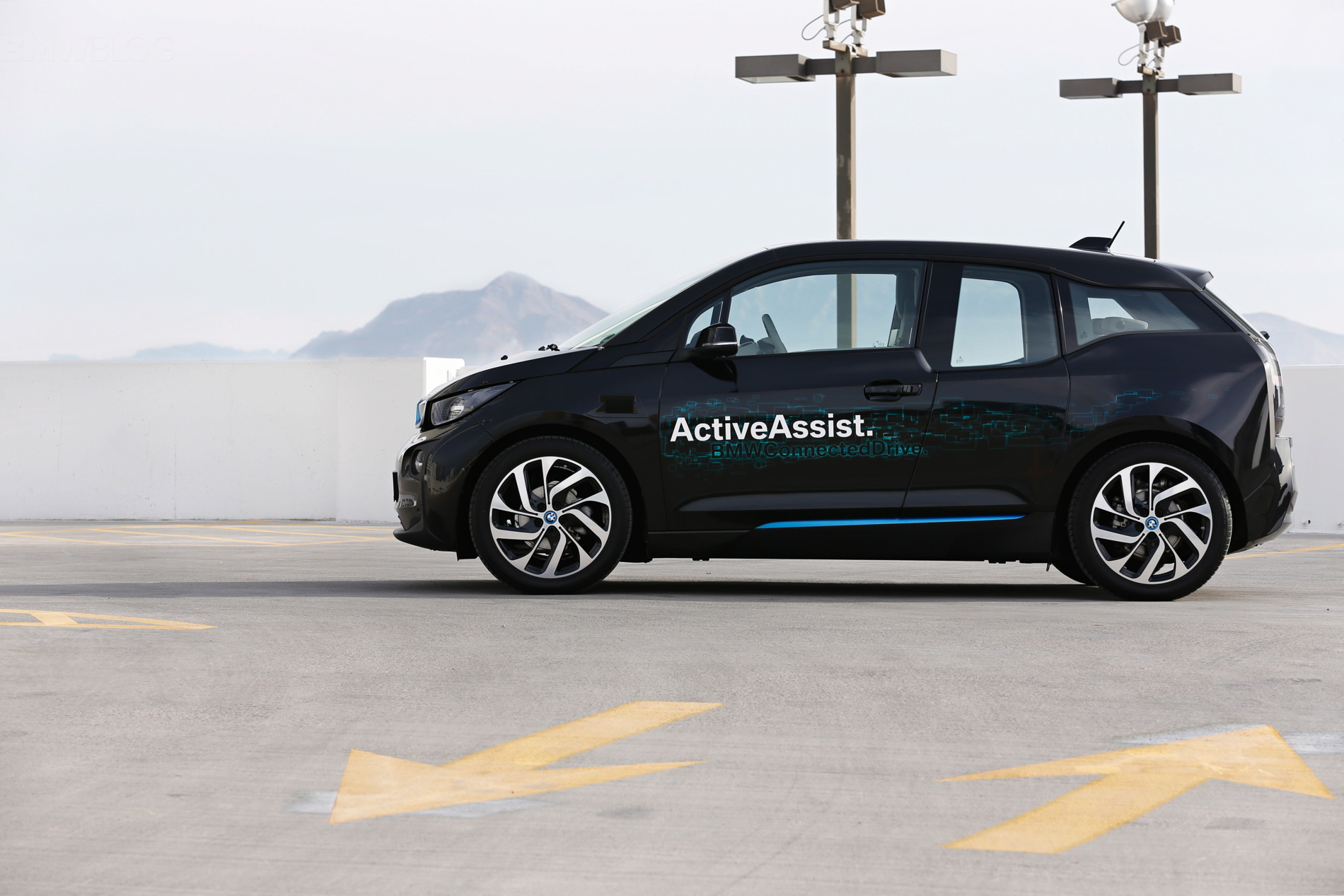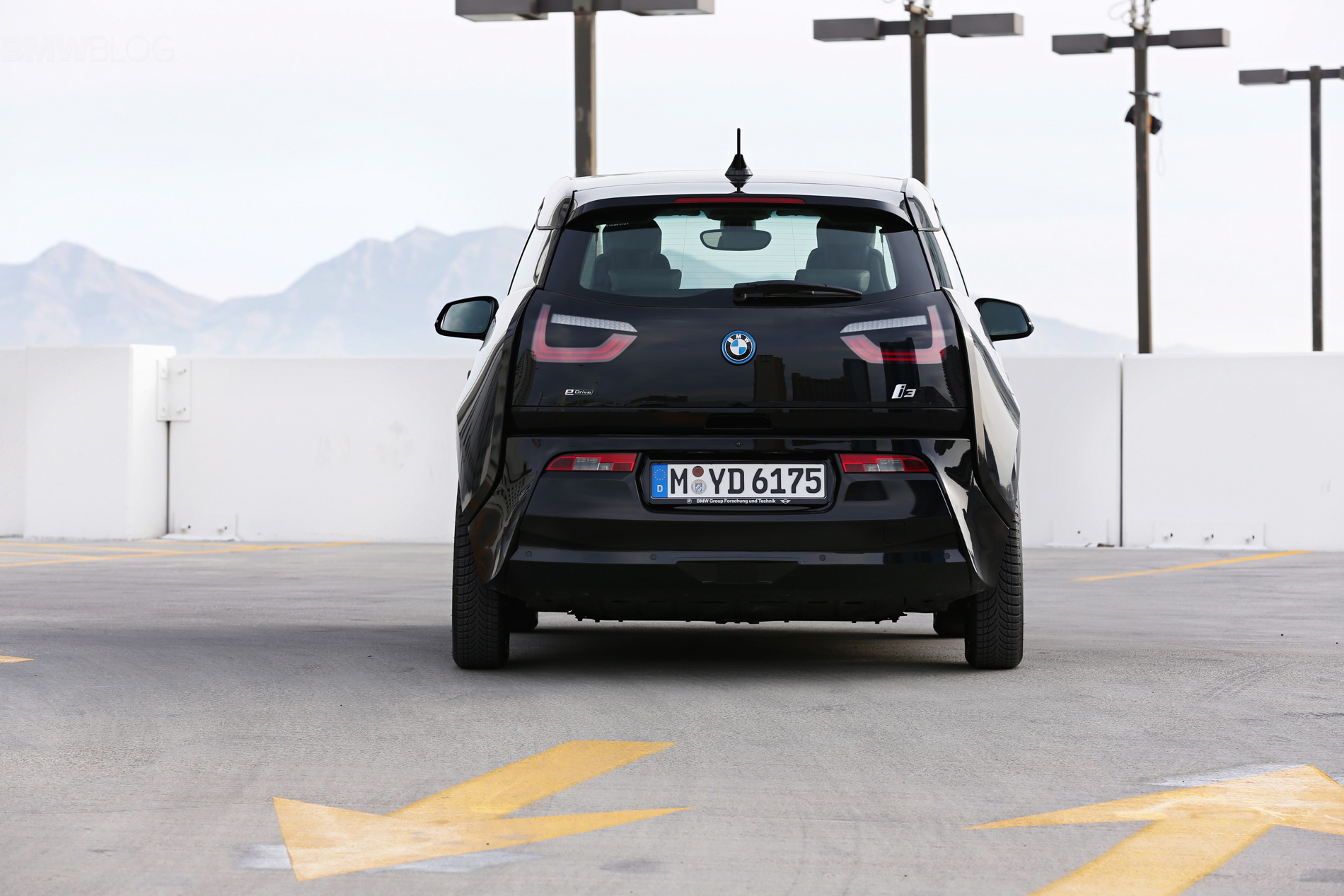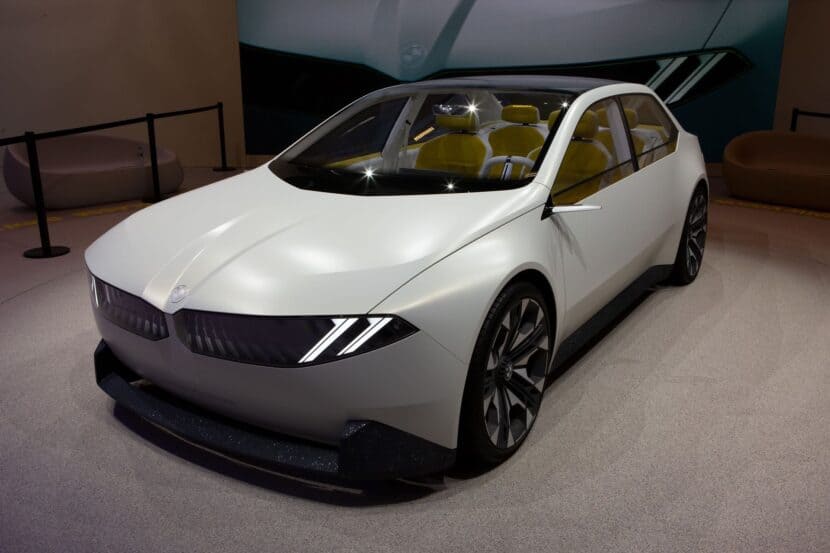At CES 2014 last year, BMW demonstrated how highly automated driving using advanced control technology can cope with all driving situations right up to the vehicle’s dynamic limits.
Now, at CES 2015, the company is showing how new sensors can be used to move to the next stage – fully collision-free, fully automated driving. This latest milestone from the BMW Group is a further step on the road towards accident-free personal mobility in both driver- operated and fully automated, driverless vehicles.
360-degree collision avoidance is based on precise position and environment sensing. Four highly advanced laser scanners monitor the surroundings of the research vehicle (a BMW i3) and accurately identify obstacles, such as pillars in multistorey car parks. An audible signal warns the driver in a potential collision situation.
As a last resort, for example if the vehicle is approaching a wall or pillar too quickly, it is also possible to initiate automatic braking, bringing the vehicle to a standstill with centimeter accuracy. If the driver steers away from the obstacle or reverses direction, braking is automatically interrupted. This function reduces strain on the driver in difficult-to-monitor driving environments for improved safety and convenience. Just like any other BMW assistance system, this research application can also be overridden by the driver at any time.
Collision avoidance is a vital feature for moving towards accident-free personal mobility. BMW has been working to implement this vision for many years.


